Chikungunya virus (CHIKV) inhibitors from natural sources: a medicinal chemistry perspective
- PMID: 25921858
- PMCID: PMC4703636
- DOI: 10.1007/s11418-015-0910-z
Chikungunya virus (CHIKV) inhibitors from natural sources: a medicinal chemistry perspective
Abstract
Chikungunya virus (CHIKV) is one of the re-emerging "neglected" tropical diseases whose recent outbreak affected not only Africa and South-East Asia but also several parts of America and Europe. To date, despite its serious nature, no antivirals or vaccines were developed in order to counter this resurgent infectious disease. The recent advancement in crystallography and availability of crystal structures of certain domains of CHIKV initiates the development of anti-CHIKV agents using structure-based drug design or synthetic medicinal chemistry approach. Despite the fact that almost 50% of the new chemical entities against several biological targets were either obtained from natural products or natural product analogues, a very humble effort was directed towards identification of novel CHIKV inhibitors from natural products. In this review, besides a brief overview on CHIKV as well as the nature as a source of medicines, we highlight the current progress and future steps towards the discovery of CHIKV inhibitors from natural products. This report could pave the road towards the design of novel semi-synthetic derivatives with enhanced anti-viral activities.
Figures






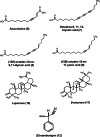

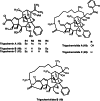
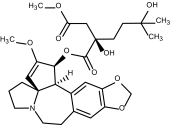


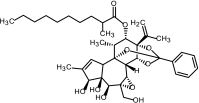

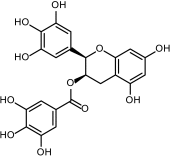
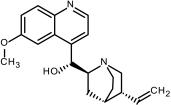
Similar articles
-
Computer-Aided Structure Based Drug Design Approaches for the Discovery of New Anti-CHIKV Agents.Curr Comput Aided Drug Des. 2017 Nov 10;13(4):346-361. doi: 10.2174/1573409913666170309145308. Curr Comput Aided Drug Des. 2017. PMID: 28294048 Review.
-
Chikungunya virus infections: time to act, time to treat.Curr Opin Virol. 2017 Jun;24:25-30. doi: 10.1016/j.coviro.2017.03.016. Epub 2017 Apr 14. Curr Opin Virol. 2017. PMID: 28414993 Review.
-
Antivirals against Chikungunya Virus: Is the Solution in Nature?Viruses. 2020 Feb 29;12(3):272. doi: 10.3390/v12030272. Viruses. 2020. PMID: 32121393 Free PMC article. Review.
-
Antiviral Strategies Against Chikungunya Virus.Methods Mol Biol. 2016;1426:243-53. doi: 10.1007/978-1-4939-3618-2_22. Methods Mol Biol. 2016. PMID: 27233277 Free PMC article.
-
Antivirals against the Chikungunya Virus.Viruses. 2021 Jul 5;13(7):1307. doi: 10.3390/v13071307. Viruses. 2021. PMID: 34372513 Free PMC article. Review.
Cited by
-
Role of phytocompounds as the potential anti-viral agent: an overview.Naunyn Schmiedebergs Arch Pharmacol. 2023 Oct;396(10):2311-2329. doi: 10.1007/s00210-023-02517-2. Epub 2023 May 9. Naunyn Schmiedebergs Arch Pharmacol. 2023. PMID: 37160482 Free PMC article. Review.
-
Potential Antivirals: Natural Products Targeting Replication Enzymes of Dengue and Chikungunya Viruses.Molecules. 2017 Mar 22;22(3):505. doi: 10.3390/molecules22030505. Molecules. 2017. PMID: 28327521 Free PMC article. Review.
-
Chikungunya Virus: Pathophysiology, Mechanism, and Modeling.Viruses. 2017 Dec 1;9(12):368. doi: 10.3390/v9120368. Viruses. 2017. PMID: 29194359 Free PMC article. Review.
-
In vitro and in silico anti-dengue activity of compounds obtained from Psidium guajava through bioprospecting.BMC Complement Altern Med. 2019 Nov 6;19(1):298. doi: 10.1186/s12906-019-2695-1. BMC Complement Altern Med. 2019. PMID: 31694638 Free PMC article.
-
In vitro antiviral activity of piperidine alkaloids from Senna spectabilis flowers on Chikungunya virus infection.Pharmacol Rep. 2022 Aug;74(4):752-758. doi: 10.1007/s43440-022-00381-0. Epub 2022 Jul 27. Pharmacol Rep. 2022. PMID: 35882766
References
-
- Hirneisen K, Reith JL, Wei J, Hoover DG, Hicks DT, Pivarnik LF, Kniel KE. Comparison of pressure inactivation of caliciviruses and picornaviruses in a model food system. Innov Food Sci Emerg Technol. 2014;26:102–107. doi: 10.1016/j.ifset.2014.10.003. - DOI
Publication types
MeSH terms
Substances
LinkOut - more resources
Full Text Sources
Other Literature Sources
Medical

